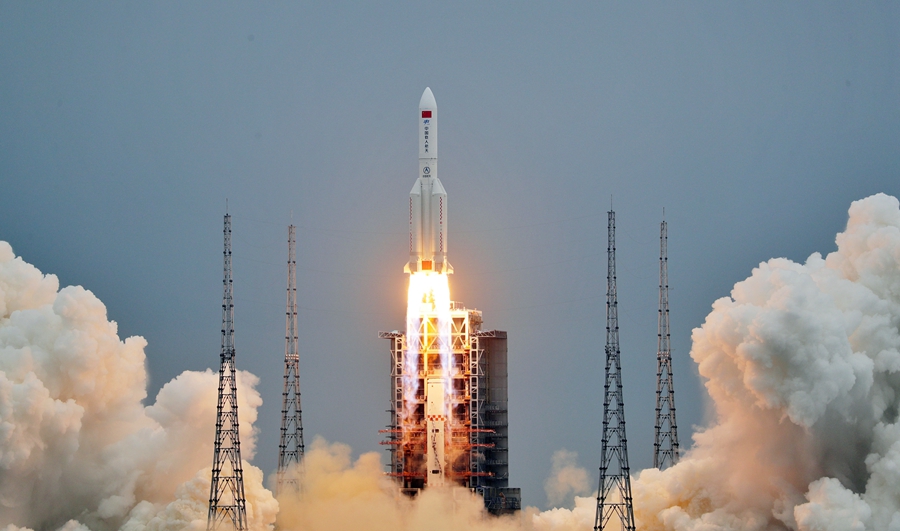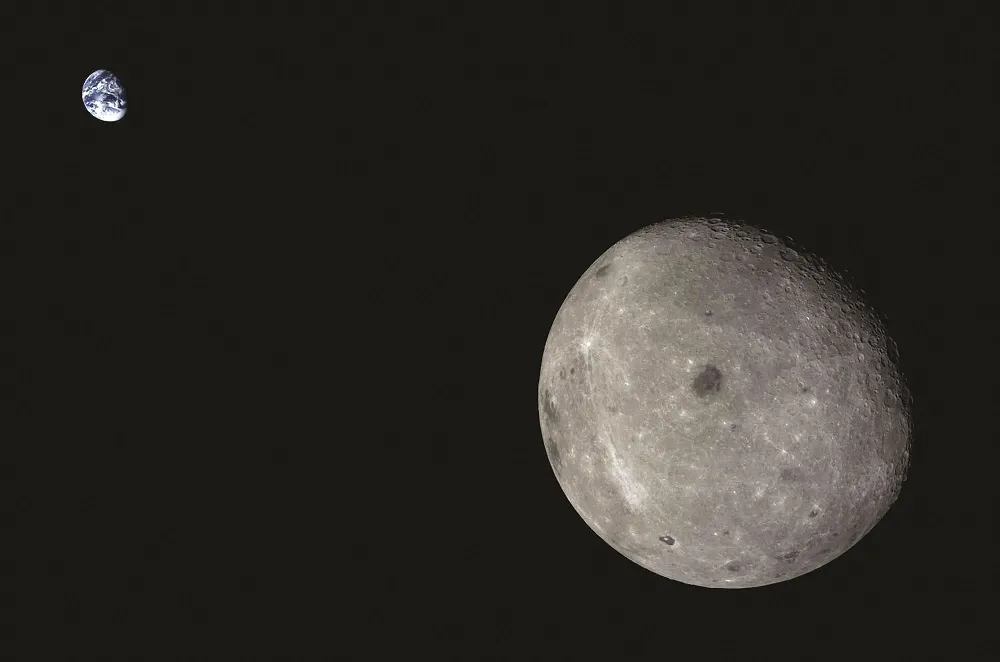China Outlines 2024 Space Ambitions – Will They Achieve Them?
28th Feb 2024
China has released a situational report outlining its 2024 ambitions for its burgeoning space sector. The China Aerospace Science and Technology Group (CASTG) published their CASTG blue book on 16th February.
Contained within the book are China’s plans to “accelerate the construction of a space power”. The report outlines ambitions to set launch records, complete the country’s inaugural launch from its first commercial spaceport, and multiply satellite constellations.
In a statement, CASTG explained: “The ‘Blue Book of China’s Aerospace Science and Technology Activities (2023)’ points out that 2024 is the 75th anniversary of the founding of the People’s Republic of China. It is the key to fully implementing the spirit of the 20th National Congress of the Party, fully realising the goals and tasks of the “14th Five-Year Plan”, and accelerating the construction of space power.”
China’s Space Ambitions & Commitments

China’s space ambitions for 2024 are greatly inflating with aims to set records on the horizon. To do so, CASTG has drawn up plans to exhibit upwards of 70 launches. In fact, the book states they aspire to reach a national record of 100 launches over the course of 2024. However, it seems only 70 are currently etched in the calendar.
They also committed to launching over 290 satellites. Additionally, it will be a new dawn for their Long March rocket series, with the first launch of both their 6C and 12 rockets being a major focus for 2024. CASTG is also committed to advancing the development of the country’s first space station.
Much like the UK and US, China is also aiming to send two manned spacecraft into orbit. And in turn, complete two return missions. CASTG also aims to insert “multiple civilian satellites” into orbit. Finally, China will attempt to finalise the build of their “new generation commercial remote sensing satellite system”.
China’s Rocket Arsenal
Other priorities on the list are bolstering, testing, and launching China’s array of rockets. CASTG outlined that their Long March 6C will eventually take flight at some point in 2024. The rocket is able to carry 2 tonnes of payload to upwards of 700 km in sun-synchronous orbit. Their other larger rocket, Long March 12 is marked for its first launch also. This rocket will take flight from Wenchange Commercial Spaceport in Hainan on an undisclosed date in 2024.
What The Blue Book Outlines For Lunar Exploration

Lunar odysseys are a topical venture for most space agencies, and CASTG is no outlier. They plan to launch their Chang’e 6 probe in early to mid 2024 which will be carried onboard the Long March 5 rocket. Whereas, the Long March 8 rocket will also launch a series of relay satellites, and other commercial payloads. Chiefly, these spacecraft will underpin China’s “fourth phase” lunar exploration efforts and strategy.
Additionally, excitement is brewing for the launch of China’s Queqiao 2 satellite, which will accompany the Chang’e 6 probe. Significantly, Chang’e 6 is set to make history when it endeavours to collect and return the first samples procured from the “Pole-Aitken Basin”. This geographical area of the lunar surface lies within the vastly underexplored far side of the Moon.
Reflecting On China’s Past Space Endeavours
Whilst many missions are set to take place this year, CASTG also honed in on their past achievements, which they state has yielded great results and set the tone for 2024. According to the blue book, 67 launches took place in 2023 which ranked China as second globally. Their Long March rockets also completed 47 successful launches which marked a cumulative launch rate of 500. Of those launches, 20 were commercially-led. Although China has grand plans for 2024, time will tell if they can maintain their intense momentum.







Thank you for your comment! It will be visible on the site after moderation.